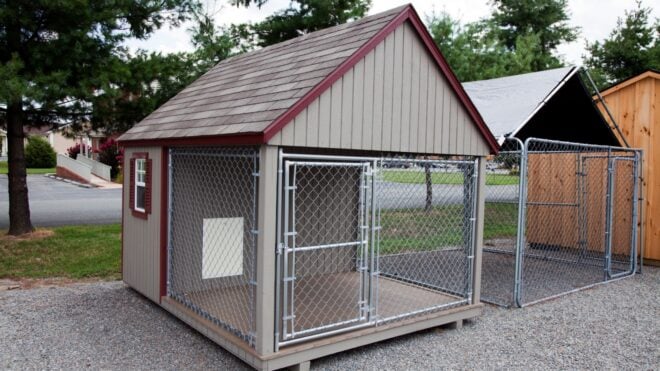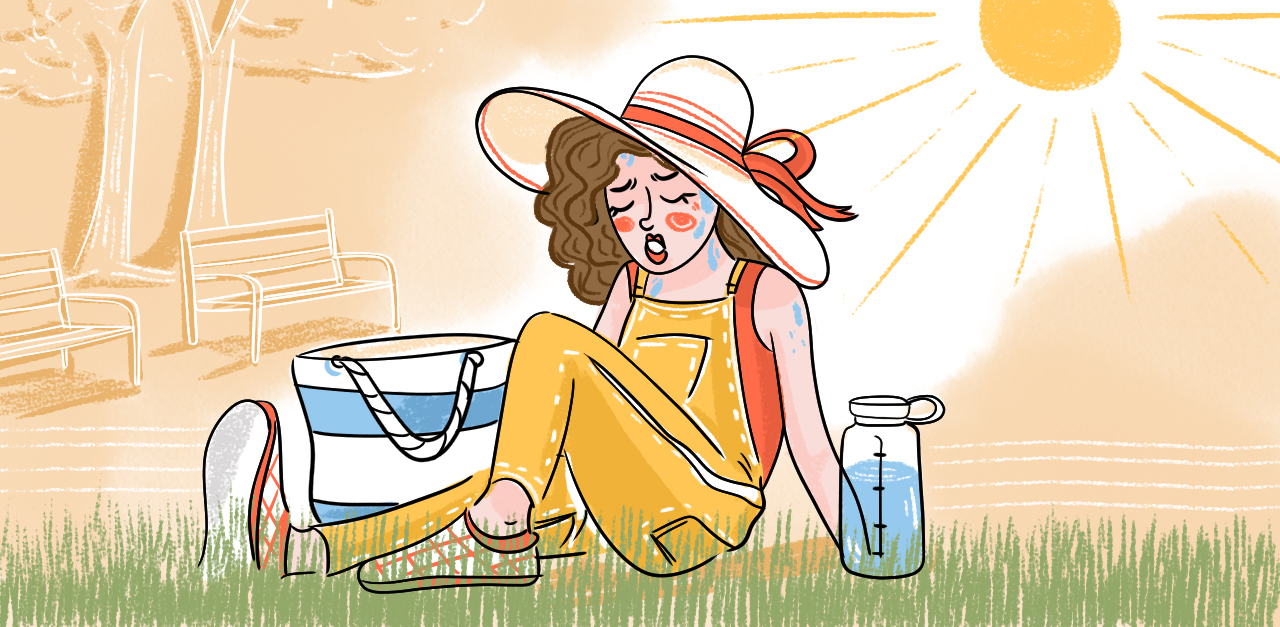
A sun allergy isn't a real thing, right? How could someone be allergic to the sun?
The short answer is that "sun allergy" is not an entirely accurate term. It's more correct to say "sun sensitivity," which is different from being pale and prone to sunburn. There are a number of skin reactions that can occur shortly after exposure to direct sunlight, but the most common is called polymorphous light eruption (PMLE). According to the Mayo Clinic, PMLE is "a rash caused by sun exposure in people who have developed sensitivity to sunlight. The rash usually appears as red, tiny bumps or slightly raised patches of skin."
The fabled sun allergy is more common than you might think. It affects 10% to 15% of the population in the UK and the US. However, many people are likely mistaking it for common dermatitis or eczema. They might also think that the problem is heat rash, which occurs due to overheating but does not require sunlight exposure as a trigger.
To find out if you're actually (sort of) allergic to the sun, check our list of sign and symptoms:
Symptoms 1. Skin Redness
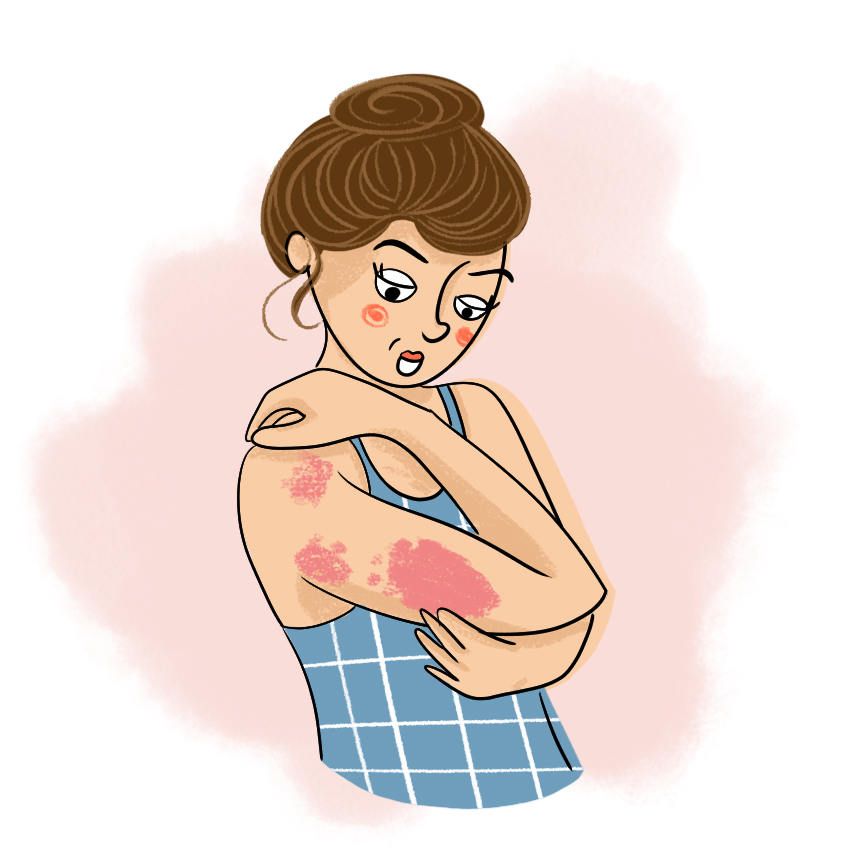
As with most rashes, PMLE causes a reddening of the skin. This usually happens on the parts of the skin that are covered during the winter and exposed in the warmer months. You might find it on your arms, legs, upper chest, and neck.
2. Itching, Burning, and/or Pain
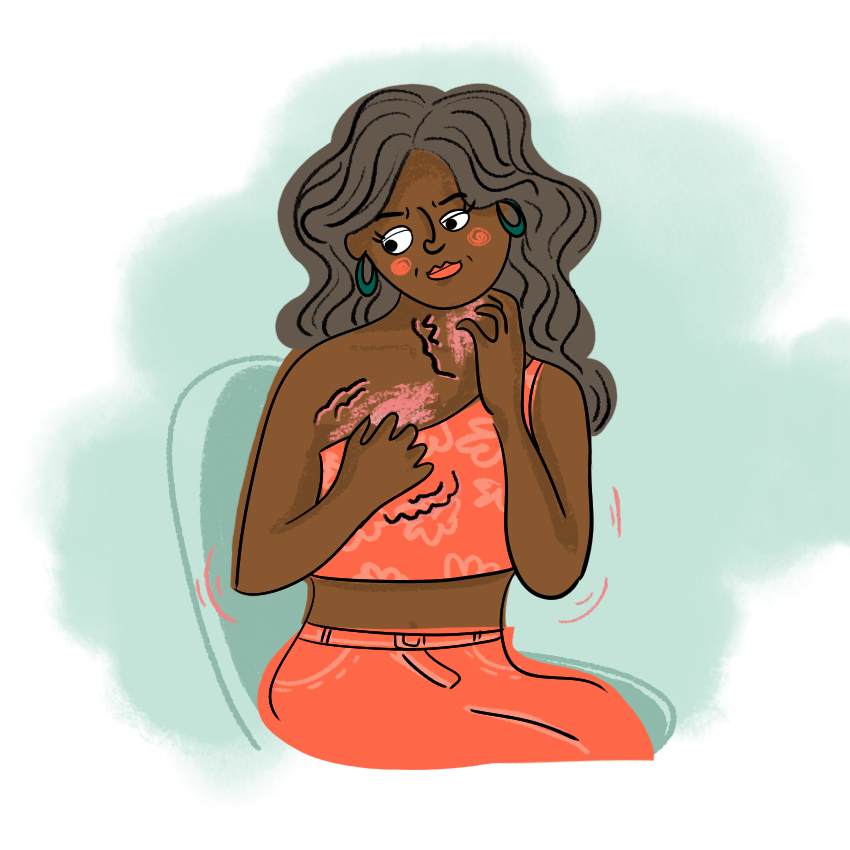
Different people report different types of bothersome sensations with PMLE. Some report an itching so intense that they wake up scratching themselves. Others report a burning sensation or pain under the skin.
3. Small Bumps or Raised Patches of Skin
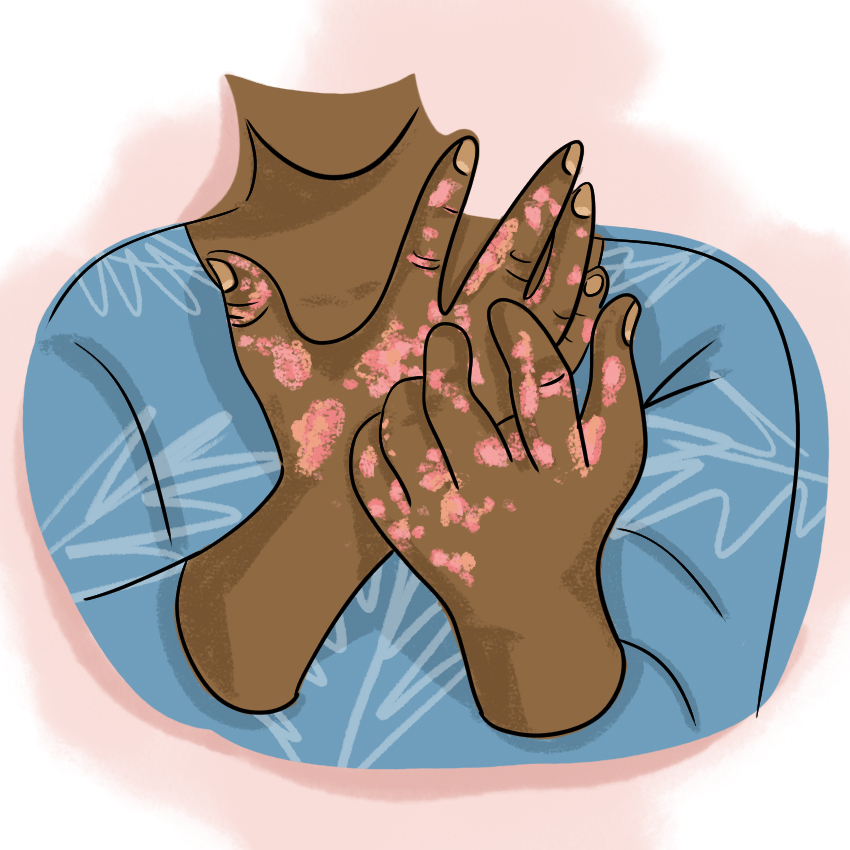
The sun allergy usually emerges as small white or light-colored bumps or blisters clustered close together. Others might find that the red portions of their skin are raised slightly.
4. Scaling, Crusting, or Bleeding
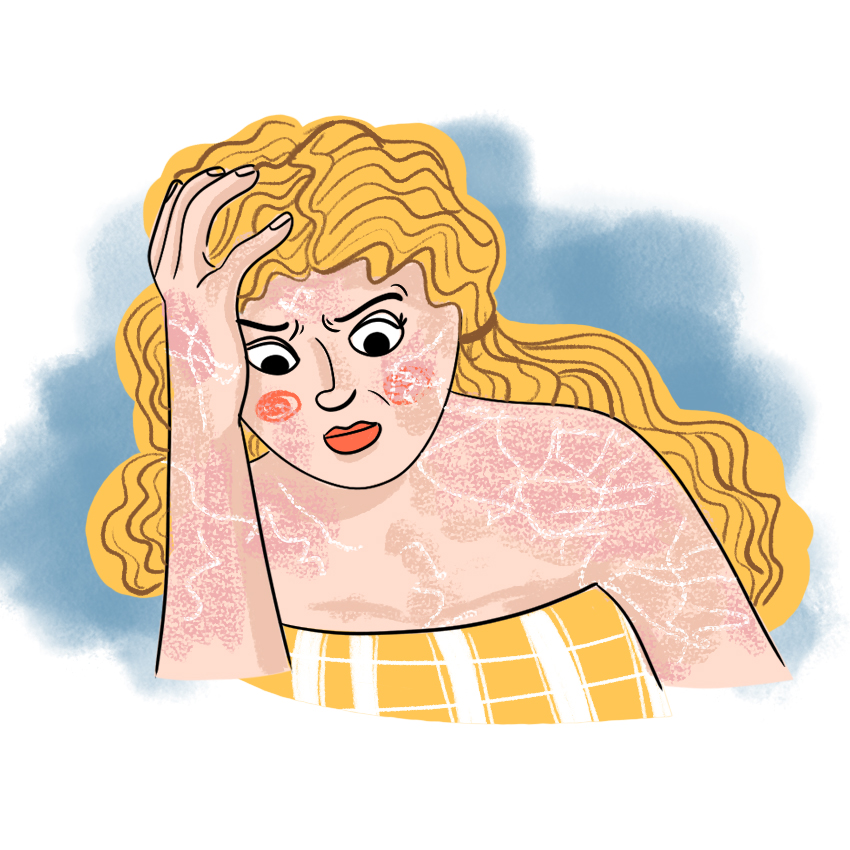
While many people only get bumps and blisters, stronger reactions can result in skin that is so irritated and dry it becomes scaly or crusty. If your skin feels lizard-like every summer, you might have a sun allergy. Sometimes it can get so bad that the skin will crack and bleed.
5. Blisters or Hives
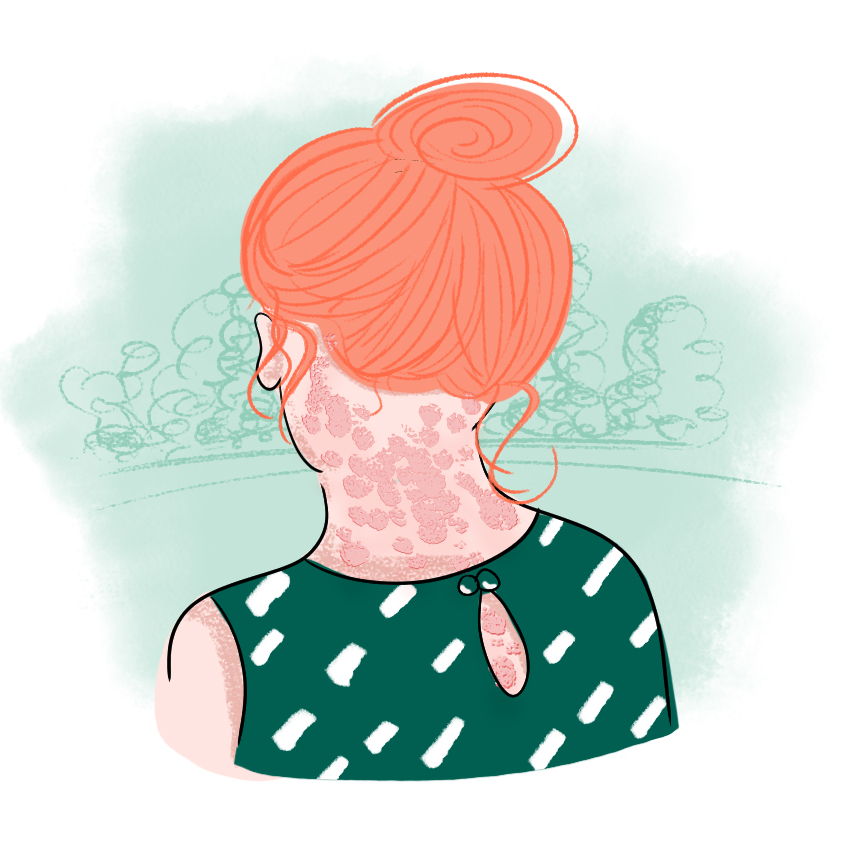
For others, the rash might appear in the form of hives or hive-like blisters. It's this kind of reaction that makes people think of PMLE as an allergy, since hives are usually associated with an allergic reaction.
6. Bull’s-Eye Lesions
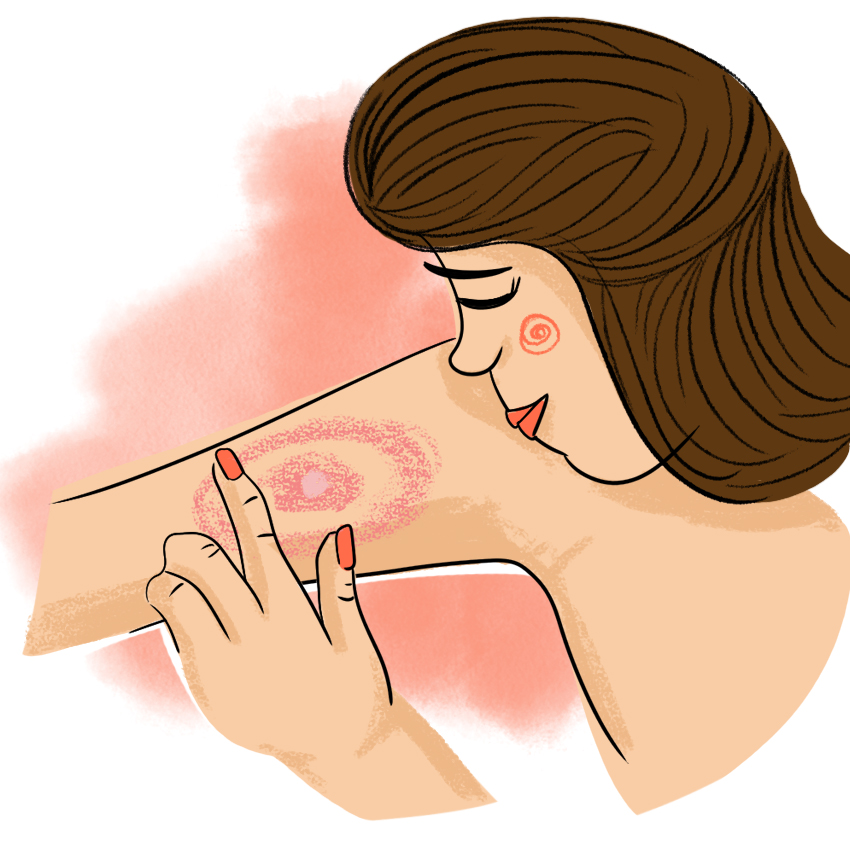
The last type of rash that might appear due to sun sensitivity is called a "bull's-eye lesion." It appears in two red rings, one inside the other, just like a target. These can also be caused by tick bites, so see your doctor immediately if you find this on your skin and don't know why it's there.
When Symptoms Appear Symptoms Appear at the Beginning of Spring or Summer

Rashes can be hard to diagnose, because they can be caused by many different things. The key to knowing if it's a sun allergy is all in the timing. If your skin starts to erupt in rashes when the sun starts coming out, you might have PMLE.
Symptoms Appear After Unusual Sun Exposure
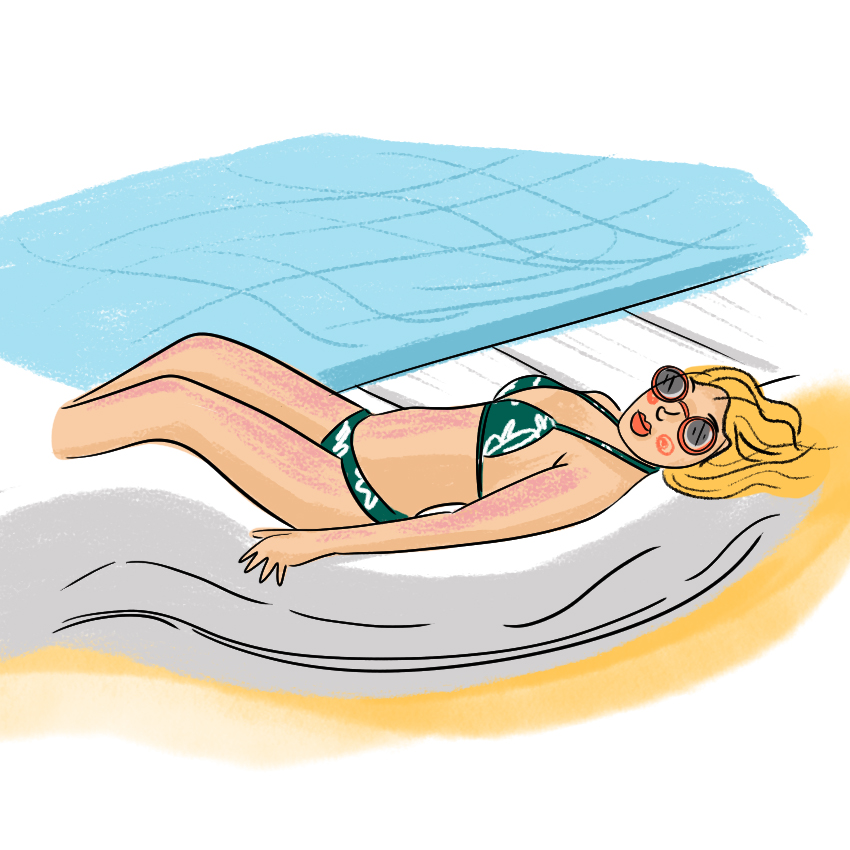
PMLE isn't necessarily tied to the seasons. If you go on a trip to a place that is significantly sunnier than your home and you get a rash, it might not be from the hotel sheets.
Symptoms Appear 4 to 6 Hours After Sun Exposure
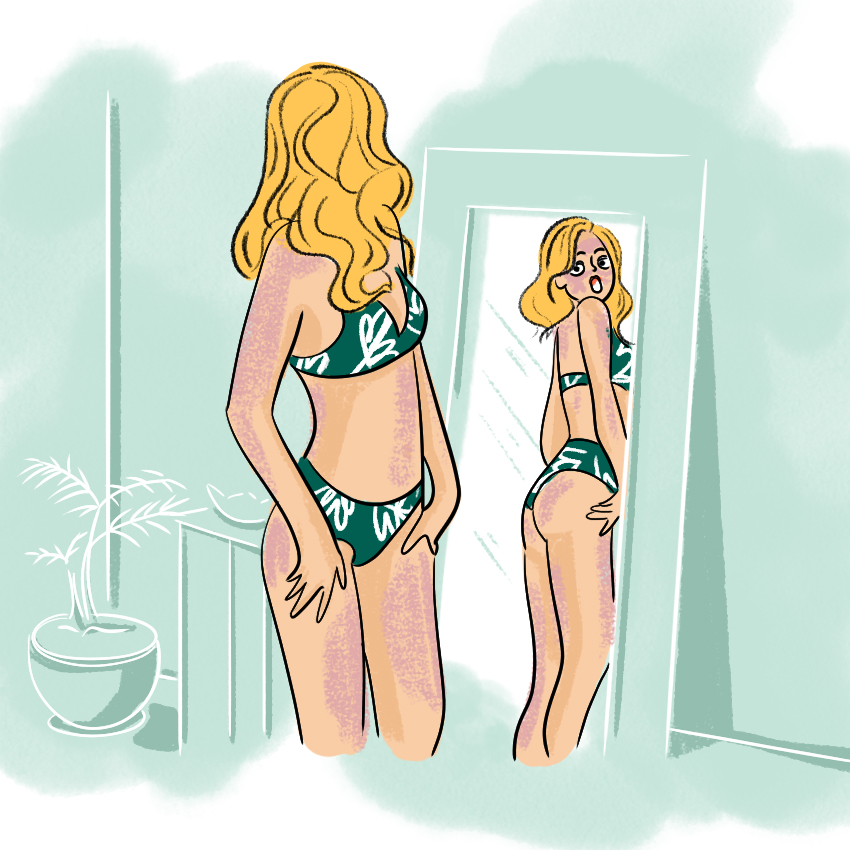
Rashes from a sun allergy often appear four to six hours after the UV rays first hit your skin. This can vary, however. Sometimes it can take days for skin irritation to begin.
Symptoms Fade After a Few Days or Weeks
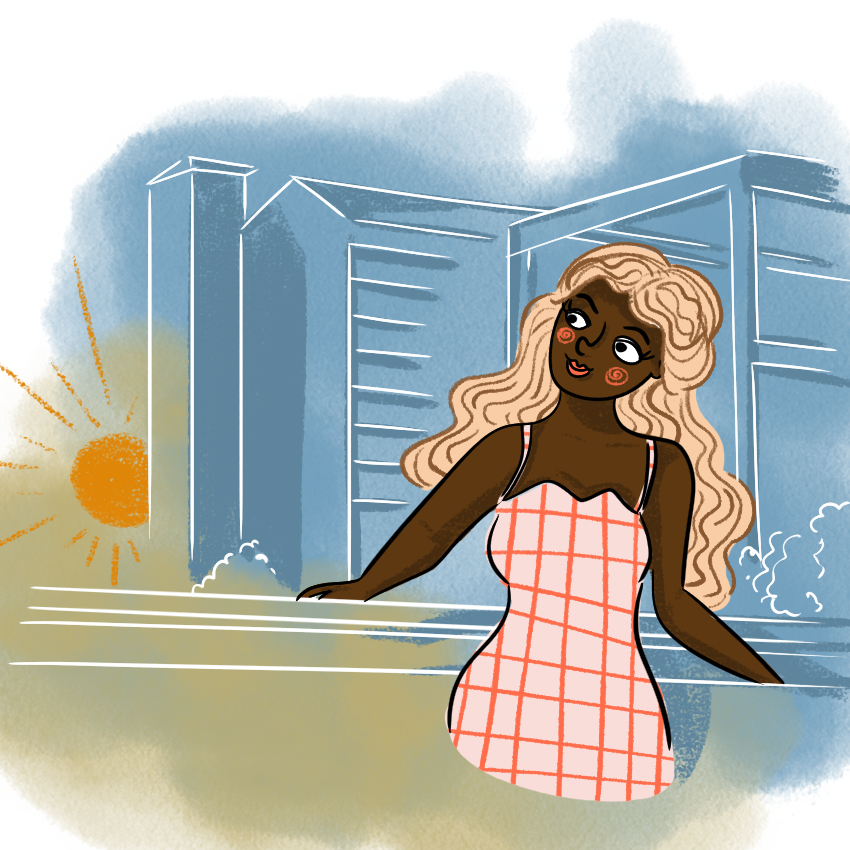
The good news is that rashes from a sun allergy don't stick around all summer. Your skin tends to get used to the increased intensity of sunlight in a few days to a couple weeks, so you don't have to stay inside for months at a time.
Treatment
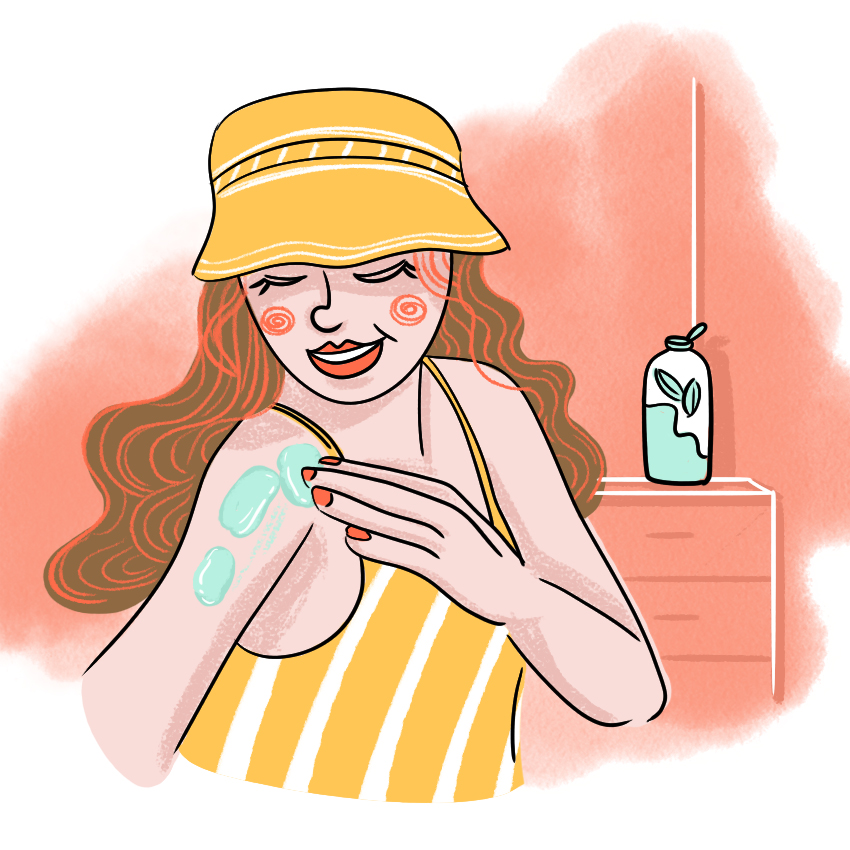
PMLE is also fairly simple to treat. Like any pesky rash, the one from your sun allergy can be combated with topical corticosteroids or oral steroids. Others have tried rushing through those first itchy days by exposing their skin to UV lamps.
Prevention
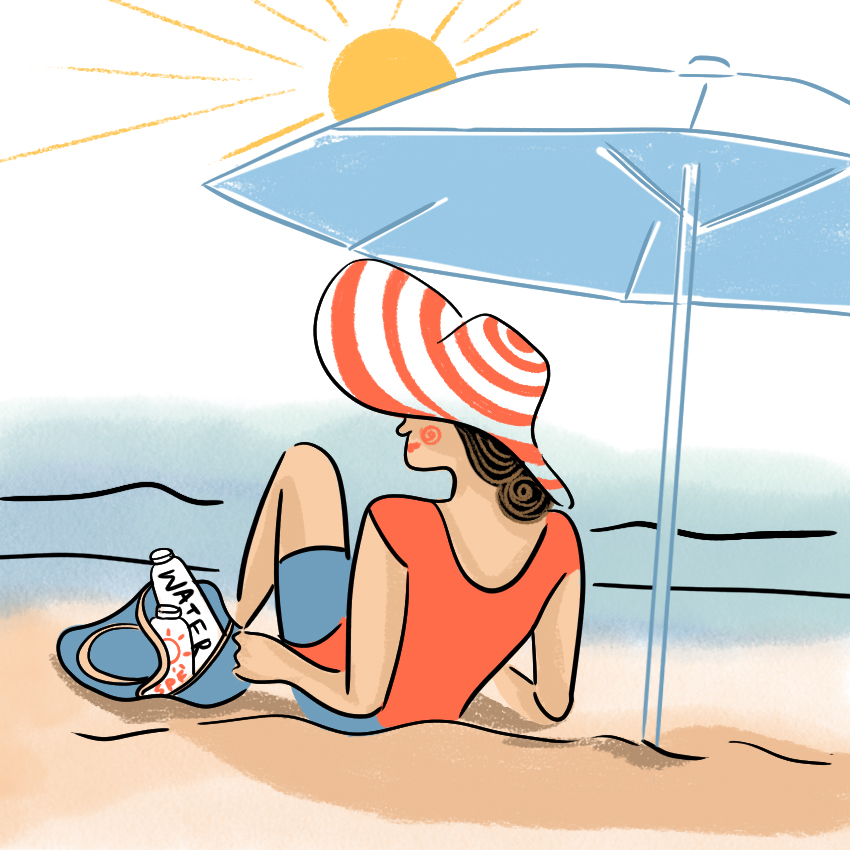
If you need to avoid a rash, the only effective prevention is shielding your skin from direct sunlight. Hats, beach umbrellas, and long sleeves are your friend. Unfortunately, sunscreen isn't effective in preventing sun allergy rashes (but you should still wear it to protect your skin from sunburns!).
Risk Factors
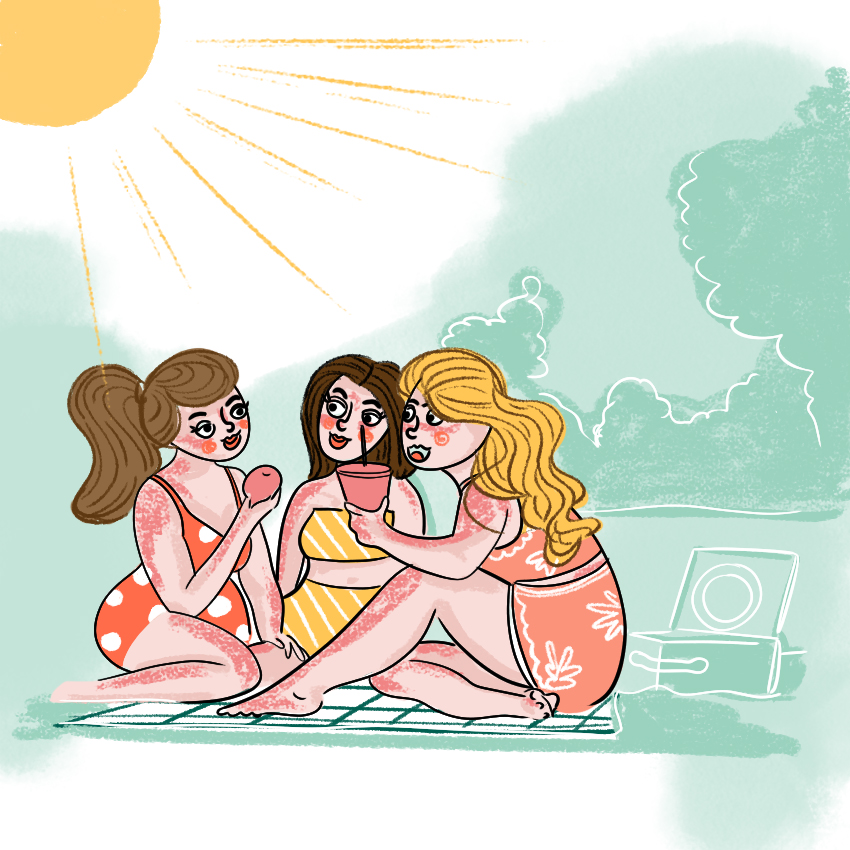
Having pale skin and living in northern regions of the world (or southern if you're in the southern hemisphere) are risk factors. You're also more likely to have a sun allergy if your family members have it. And for whatever reason, women are more likely to suffer from PMLE than men.
No Worries

The best news is that PMLE is little more than a temporary nuisance. The rashes go away without scarring, and there is no risk of infection or cancer. Buy yourself some rash cream, and go enjoy the sunshine!
Pin It!
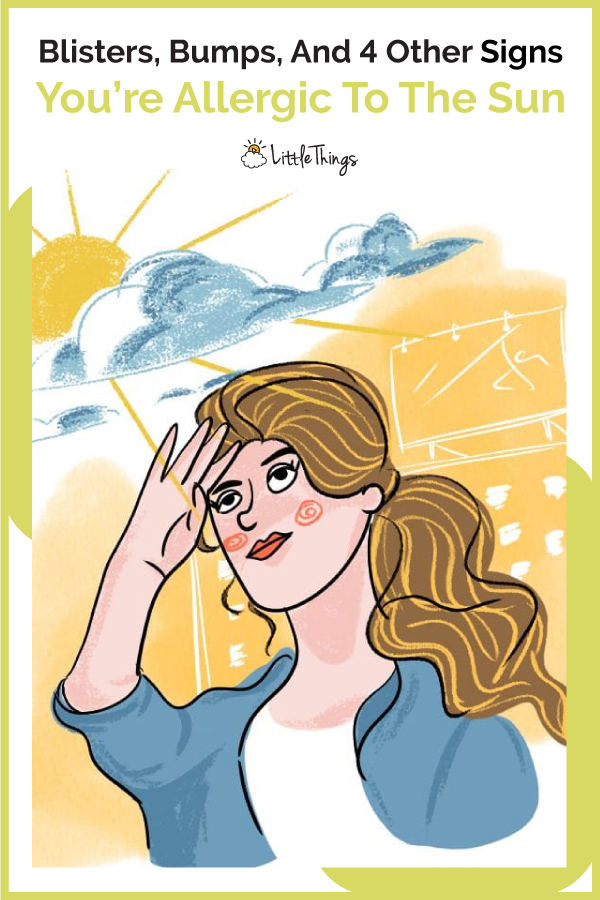
Add this graphic to your Pinterest boards to be reminded about these signs of your allergy to the sun.

